Make me interested in a quasi-graphic novel about a fashion designer. I Am Coco, The Life of Coco Chanel by Isabel Pin politely, says “Hold my glass of wine.” I Am Coco is an excellent of example of how the medium of a graphic novel is able to tell a story to an otherwise unapproachable audience. It’s not that I’m a fashion snob. It’s just that the only thing I knew about Coco Chanel is that it’s a perfume presented via esoteric voiceovers and dreamy visuals where it’s always windy and people are having grand adventures in foreign vistas with exotic animals by their feet. In reality, the story of Coco Chanel is much more about an entrepreneur who was creating her own path during a time when many of the world’s greats were making their mark.
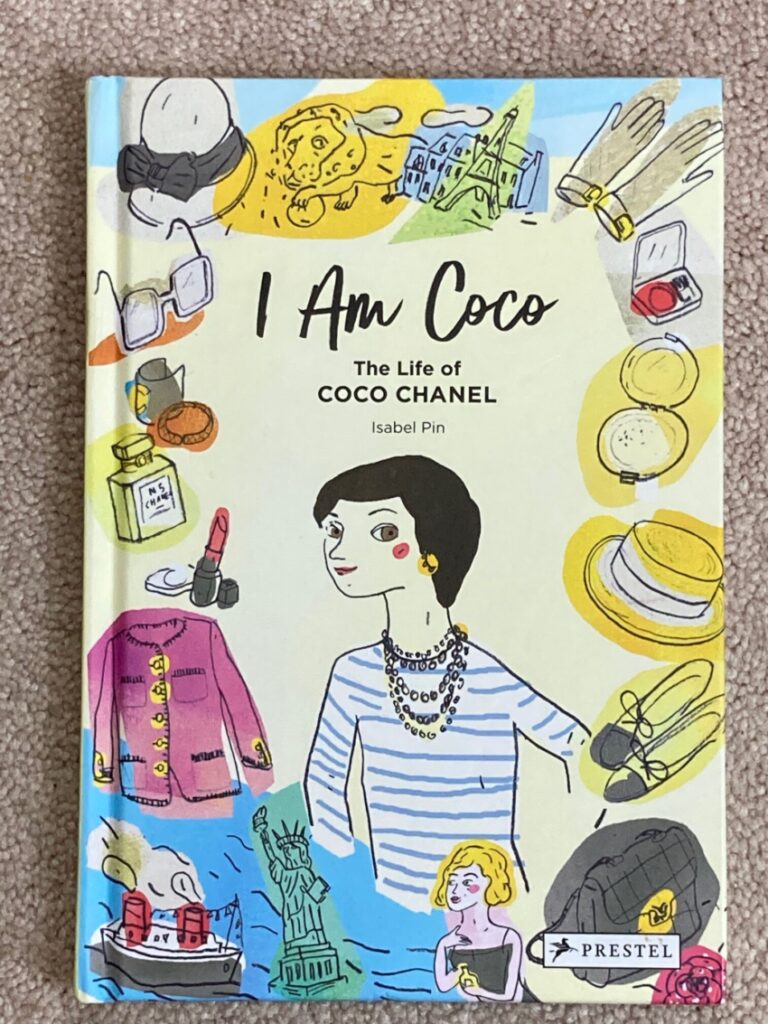
When you open up I Am Coco you immediately realize that it’s a graphic novel, but with a written, narrative backbone. The illustrations are there and created in a painted, soft manner that’ll interest upper-elementary students and older. The text is written in paragraphs, with one or two on every two-page spread, and at a level that middle school students will be able to read without any effort. It’s written in a way that’s concise, but also intelligent and obviously not geared to young audiences. However, it’s approachable to those young audiences and lets them know that mature, non-comic book stories can be told via graphic novels.
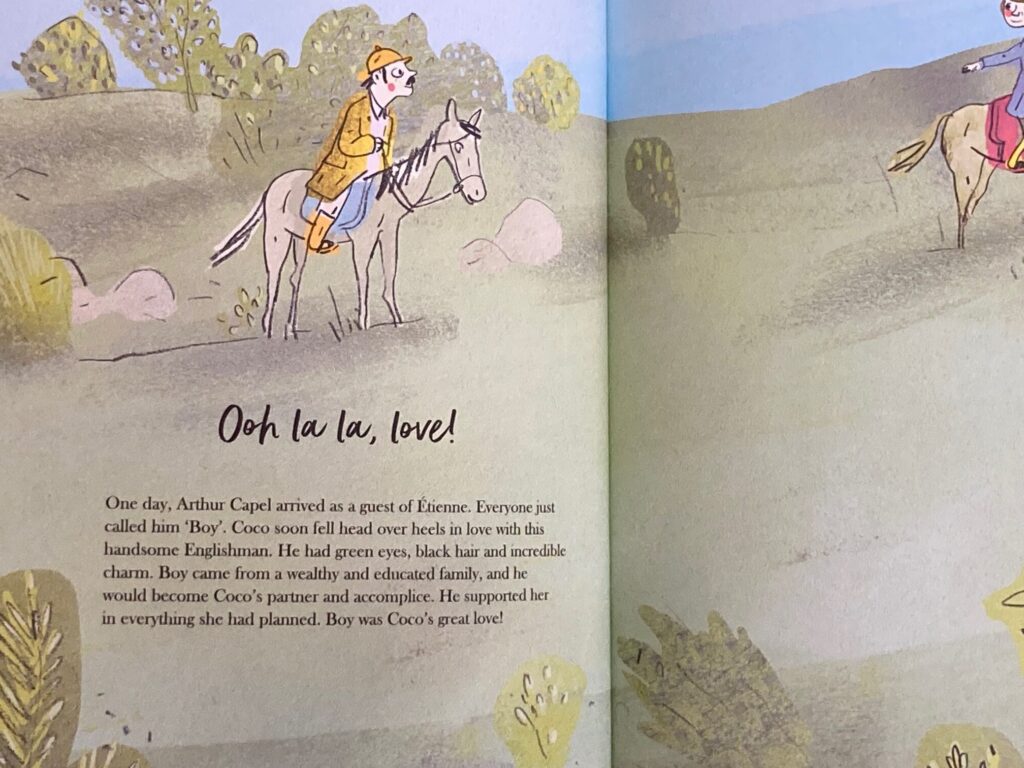
This is about Coco Chanel’s life, but before that happens we must meet Gabrielle. Gabrielle grew up with five siblings in the west of France. She was 11 when her mother died. Her father grew tired of the children and gave the girls to an orphanage in the country while the two boys helped him on the farm. Life at the orphanage had many elements that were like living on a farm in that the kids slept on straw mattresses, their dormitory was a large, cold room and the meals were more functional than tasty.
Gabrielle did learn to sew in her final couple of years there, and Adrienne, her aunt visited during the holidays and helped her too. Adrienne was only a little bit older than her, so the two formed a quick friendship that would come to shape Gabrielle as she shook off her past. Gabrielle aged out of the convent when she turned 18 and had to move to a boarding school in Moulins, coincidentally where her aunt lived. The two lived in an apartment together where they’d practice their hobbies and shape their formative years.
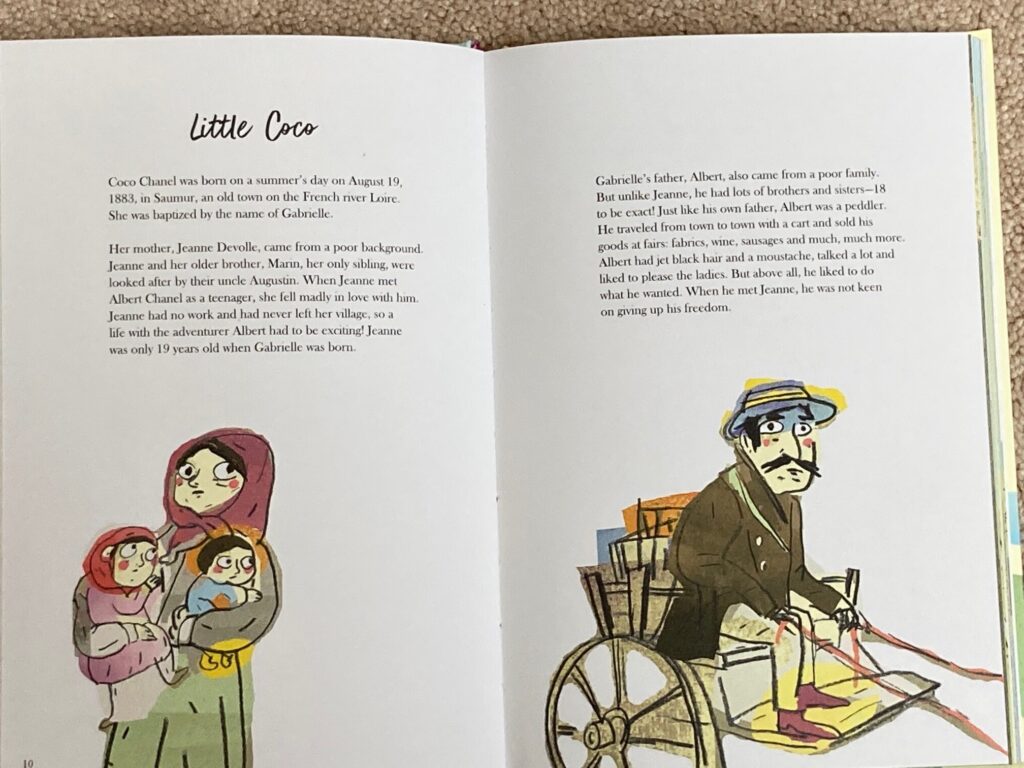
Rotonde was a popular club in Moulins where acts would perform for locals and numerous French army officers. In 1904, Gabrielle was growing into her skin and started singing for the crowds. Her favorite song to sing was about a missing dog and became very popular with the regulars. That song was called Coco, and the crowd would chant it to her as a means of appreciation. She liked that name and adopted it as her own, which gave way to the iconic initials that people know today.
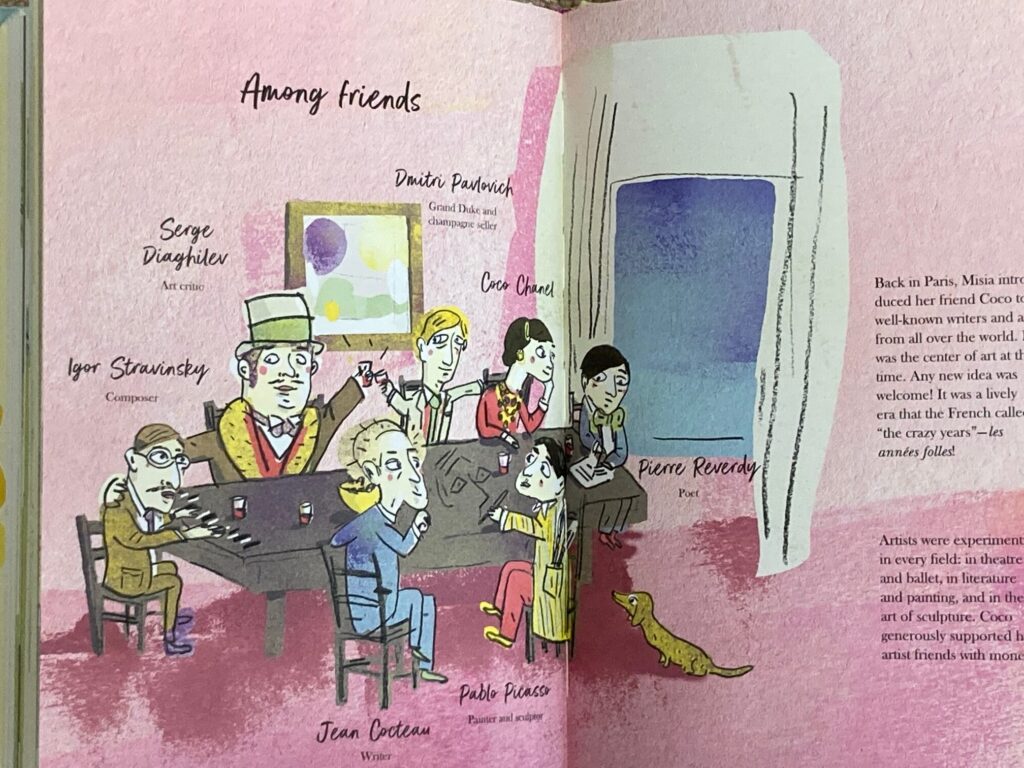
That nightclub gave way to her meeting an officer in the French army who invited her to live at his estate that was north of Paris. Coco did the things that people do on an estate, ride horses and throw parties, but she did them in her own trailblazing fashion. She wore slacks when she rode horses, because it was more practical, which meant that she could ride better, which impressed the locals. At the estate, she met her true love, who was a young man, Arthur Capel, whom everyone simply referred to as “Boy”. It wasn’t meant as a pejorative, and their relationship blossomed, as her fashion sense grew with a store in Paris and another one near the coast.
In the early 20’s she wanted to invent something new, so a blend of jasmine, rose and other flowers became her signature fragrance. In the mid 50’s she wanted an adjustable handbag that exuded class, so she made one. The fashion staple of the ‘little black dress’ is something she pioneered in the mid-20s and it still reverberates in the closets of women today.
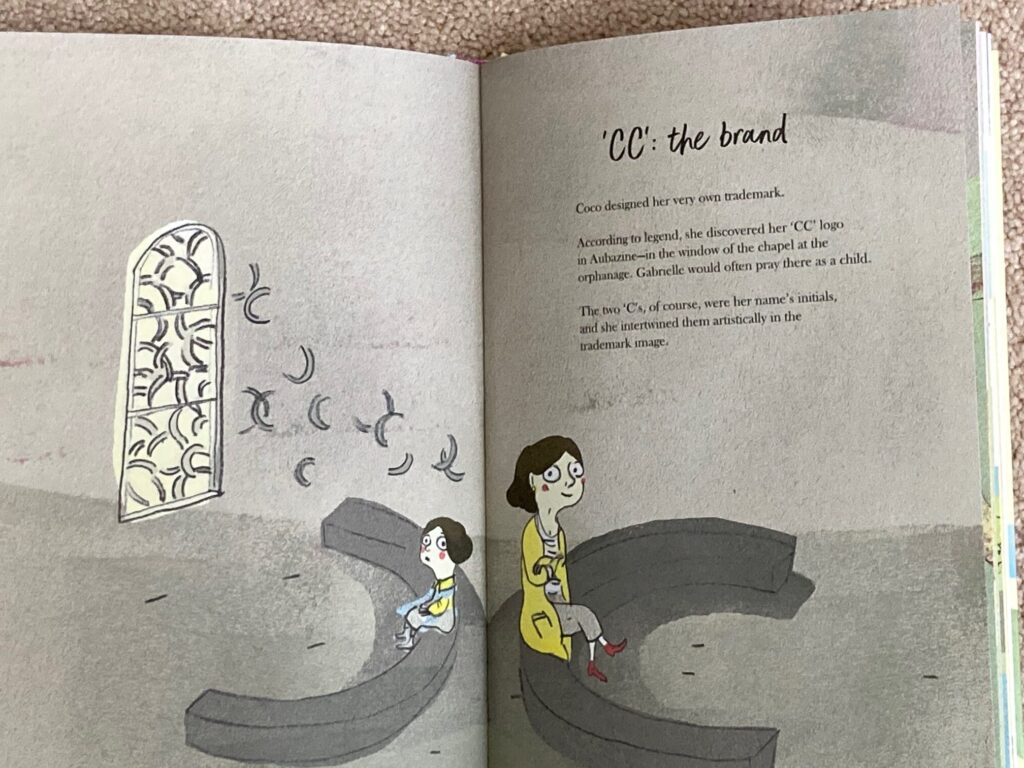
I Am Coco humanizes the person behind the brand. That’s important because the brand itself may not be influential, interesting, relevant, or of any concern to some people. As presented in this graphic novel, it’s a life story that is the sort that makes for an excellent story. It’s loaded with impossible lows and a ubiquitous legacy that’ll continue to shape fashion forever, which is something worth reading about even if you’re not a fan.
I Am Coco, The Life of Coco Chanel is by Isabel Pin and is available on Prestel, an imprint of Penguin Random House.





 Facebook
Facebook Twitter
Twitter Flickr
Flickr GooglePlus
GooglePlus Youtube
Youtube